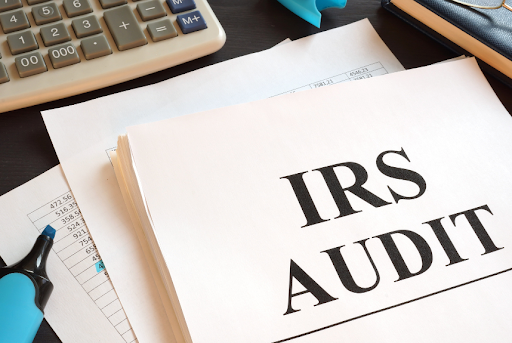
7 Warning Signs from the IRS | Correcting Mistakes and Pitfalls to Avoid
The IRS recently released 7 Warning Signs Employee Retention Claims (ERC) May Be Incorrect. Here’s a comprehensive guide to understanding eligibility, avoiding common pitfalls, and correcting mistakes related to ERC claims.
Evaluating Eligibility Across Quarters
Typically, eligibility for ERC claims diminishes as we move further from the peak of the pandemic. For example, the likelihood of qualifying events in the fourth quarter of 2021 is almost nonexistent, with the third quarter being rare and the second quarter presenting a blended effect. The key is to carefully review eligibility for each quarter, ensuring that any claims are directly tied to COVID-related disruptions.
Government Orders and ERC Claims
It’s crucial to distinguish between legitimate government orders and other regulations. Claims must be based on government orders restricting operations specifically due to COVID-19, not unrelated guidelines such as OSHA regulations unless explicitly required by certain industries. Misinterpretation here can lead to ineligible claims, so verify that any referenced orders are qualifying government orders as per IRS guidelines.
Supply Chain Disruptions
Supply chain issues require extra documentation. If critical goods and supplies are delayed, causing a partial suspension of operations, it’s essential to demonstrate both the supplier’s impact and the direct effect on your business. Claims should be limited to the period during which these disruptions occurred, ensuring accurate prorating of wages and avoiding claims beyond the valid time frame.
Correcting Mistakes: Voluntary Disclosure and Withdrawal Programs
Mistakes happen, but there are mechanisms to resolve incorrect ERC claims:
- Voluntary Disclosure Program: This program, currently not open, allows individuals who have fraudulently claimed ERC to voluntarily come forward and retract their claims. The IRS is not required to accept your voluntary disclosure, so be sure to review this option closely with a trusted tax and/or legal advisor.
- Withdrawal Program: If you’ve claimed ERC but haven’t received or cashed the check, you can withdraw your claim. For instance, if you realize an error in a claim for the third quarter of 2021, you can withdraw it, provided the check remains uncashed.
Accurate and honest ERC claims are essential to avoid legal and financial repercussions. Thorough analysis and proper documentation are key to ensuring eligibility and compliance. If mistakes are made, utilize the available programs to correct them. Always seek professional advice if in doubt.
Disclaimer: We want to remind you that while we do have expert tax attorneys and tax professionals working on our team and for our clients, this blog is not legal or tax advice. But we do want to help. Reach out and schedule a time to speak with me or one of my teammates to review your unique set of facts and circumstances and see how we might be able to help you.
If you have any questions or think you may be eligible, click here to schedule your assessment.



